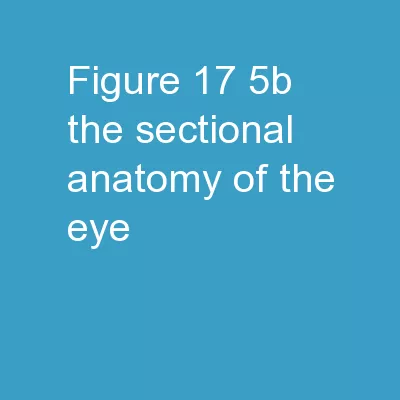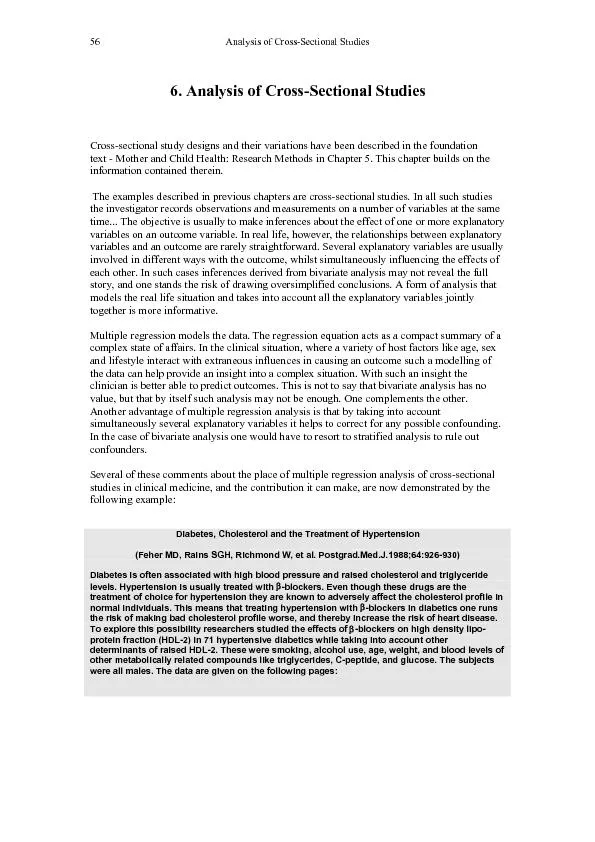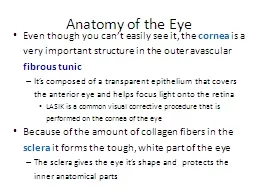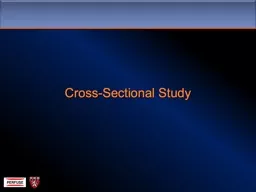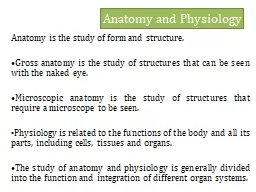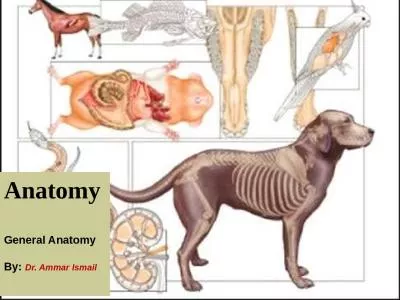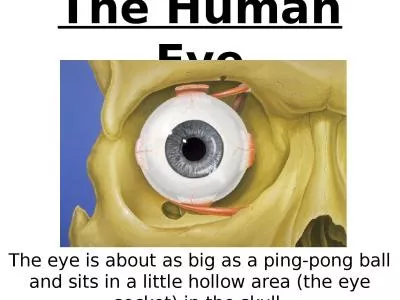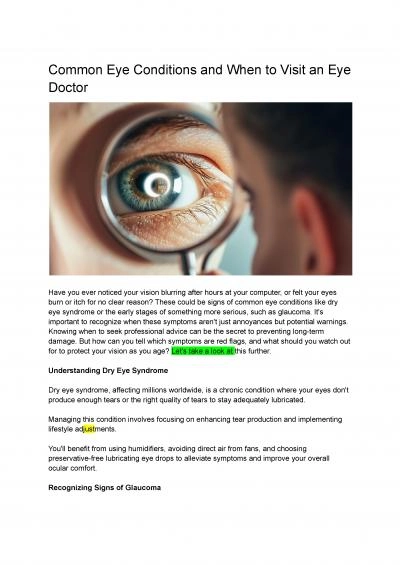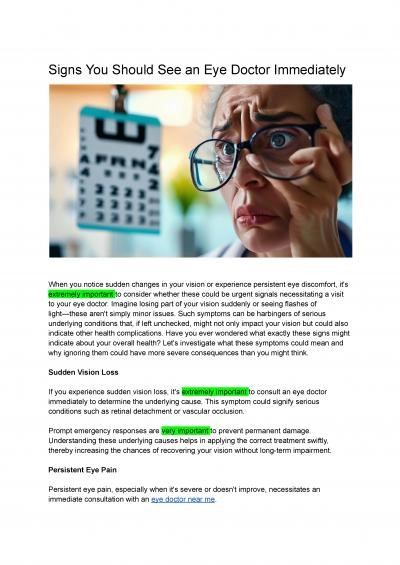PPT-Figure 17-5b The Sectional Anatomy of the Eye.
Author : olivia-moreira | Published Date : 2018-12-16
Posterior cavity Iris Ciliary body Choroid Cornea Sclera Neural part Pigmented part Anterior cavity Fibrous layer Vascular layer uvea Inner layer retina Horizontal
Presentation Embed Code
Download Presentation
Download Presentation The PPT/PDF document "Figure 17-5b The Sectional Anatomy of th..." is the property of its rightful owner. Permission is granted to download and print the materials on this website for personal, non-commercial use only, and to display it on your personal computer provided you do not modify the materials and that you retain all copyright notices contained in the materials. By downloading content from our website, you accept the terms of this agreement.
Figure 17-5b The Sectional Anatomy of the Eye.: Transcript
Download Rules Of Document
"Figure 17-5b The Sectional Anatomy of the Eye."The content belongs to its owner. You may download and print it for personal use, without modification, and keep all copyright notices. By downloading, you agree to these terms.
Related Documents

